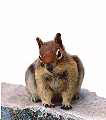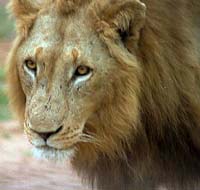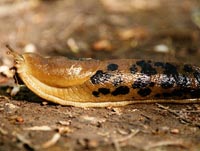ACTIVITY A: Producers, Consumers, and Decomposers
 Textbook Readings Textbook Readings
Science in Action 7
page 26 to 33
or
Science Focus 7
pages 40 to 41
and
44 to 45
|
|
All living organisms must interact for two reasons (biologically speaking). First, substances must be re-cycled and second energy must be transferred from one organism to another. These interactions can be quite complicated. To study organisms we must first group them. You already studied some groups of organisms but when talking about the transfer of energy from one organism to another scientists group animals according to what they eat.
Plants are called producers because they use the energy from the sun to create (or produce) food. They transfer energy from the sun into food. They recycle nutrients from the ground back into food. They recycle water from the ground and release it into the atmosphere. They also recycle gasses.
Some organisms eat only plants. They are called either herbivores or primary consumers. They transfer energy and nutrients from plants into meat in their bodies. They recycle some nutrients back into the ground when they release waste. They recycle water and gasses when they breathe.
Some organisms eat only other animals. They are called carnivores or secondary consumers. They transfer energy from the meat of the primary consumers into the meat their own bodies. They recycle some nutrients when they release waste. They recycle water and gases when they breathe.
Some organisms eat only dead plants and animals. They are called decomposers. They release energy trapped in dead plants and animals back into the atmosphere. They also recycle many the nutrients trapped in dead plants and animals back into the soil so that the plants can use them to produce food. They also recycle gasses when they breathe. In terms of plants remember: If it is green it is a producer (grass, moss). If it is not green it is usually a decomposer (mushrooms, fungus)
|
|
 Exercise 2.1: Producers, Consumers, and Decomposers Exercise 2.1: Producers, Consumers, and Decomposers

|
|







